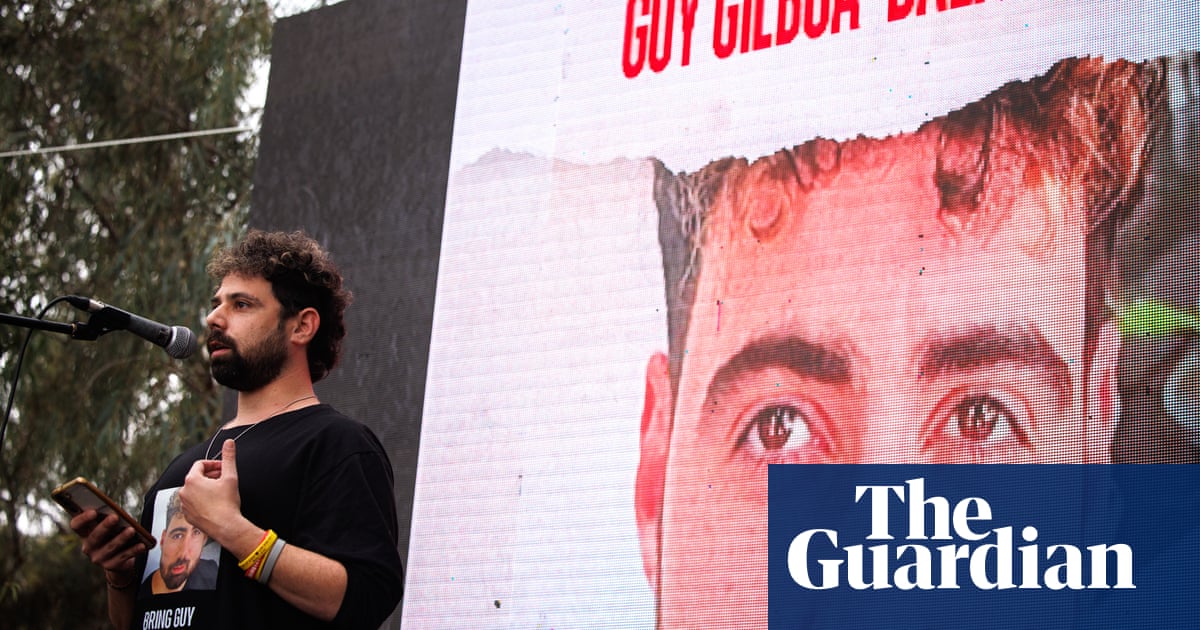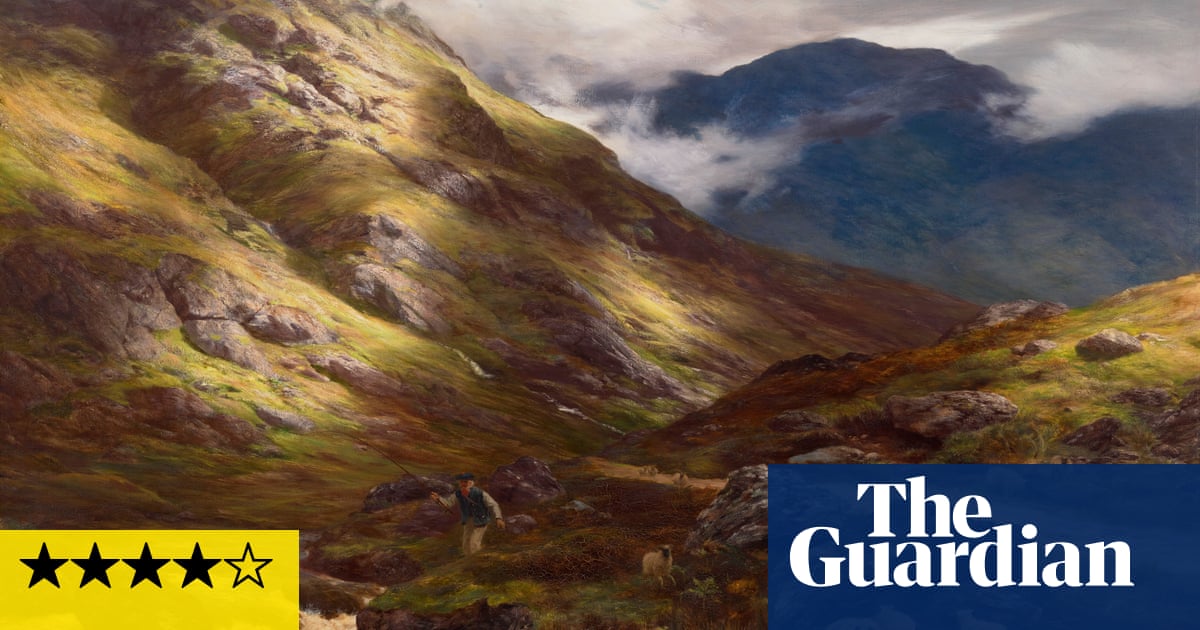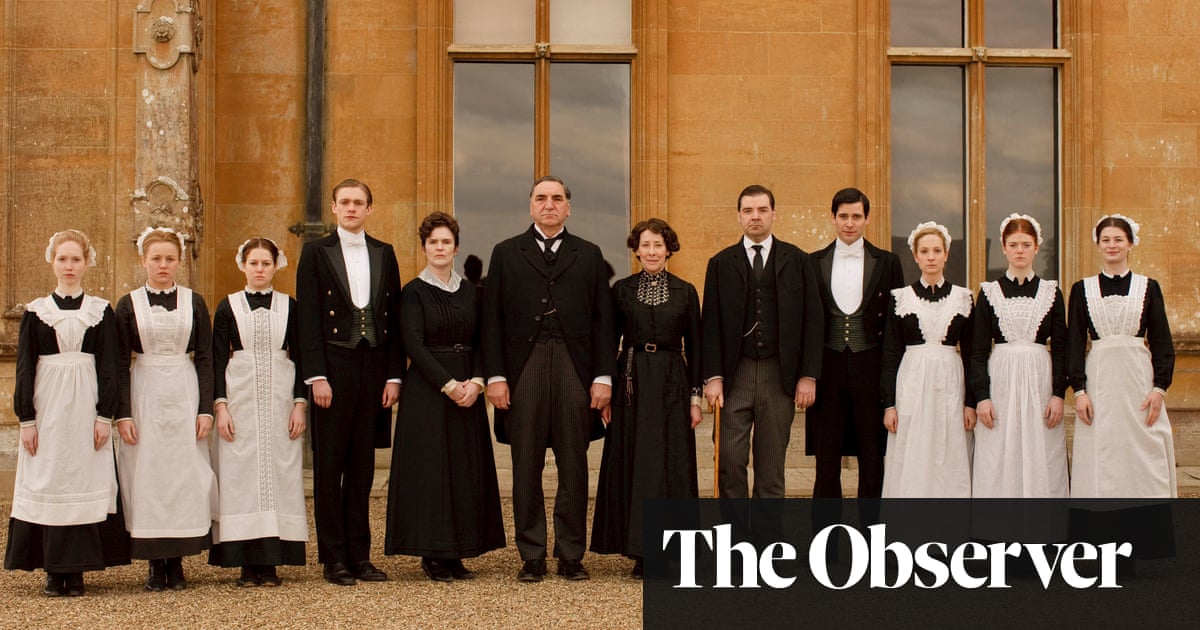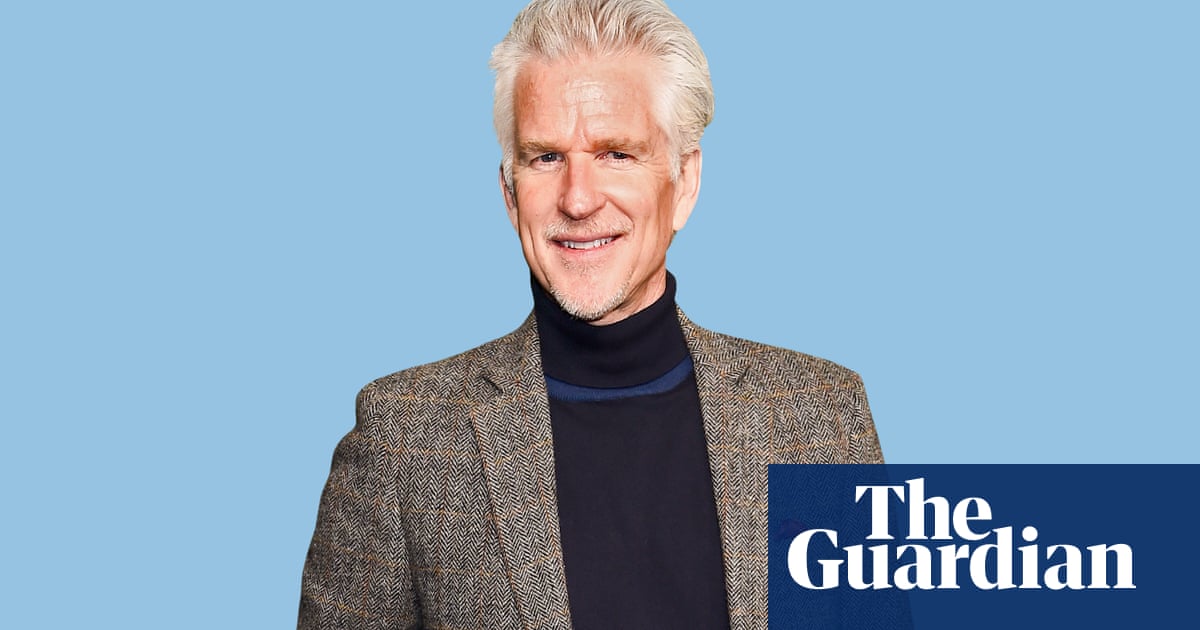
uring the first acute phase of the coronavirus pandemic, soon after lockdown was first enforced, people living in cities learned to walk again. Confined to their homes, deprived of public transport, forbidden to travel to offices, pubs, restaurants and friends’ houses, people routinely took to the pavements in a desperate attempt to escape the airlessness and stasis of their everyday lives.
It felt good to put one foot in front of another. To stretch muscles that had stiffened, to uncoil limbs that had become uncomfortably cramped. To sense the ground beneath one’s feet. It was like stepping out of a spaceship. At home, as in some claustrophobic dream, the laws of gravity seemed to have been suspended. Outside, on a spring afternoon, with scarcely any traffic on the roads, it suddenly reimposed itself. For no more than half an hour, one finally felt alive again.
In those distant days, when everyone felt fairly confident they understood what the word “lockdown” meant, people sought freedom in their local streets. They sought confirmation that what they thought of as the real world, which had become more and more virtualised because of their dependence on smartphone and TV screens, was still there. It seemed to be.
There’s a short story by Ray Bradbury, called The Pedestrian, in which the protagonist, trapped in a dystopian society where people never leave their homes, roams a city in order to affirm his fast-diminishing sense of being a human being. In this future, everyone sits sedated in front of TVs in their living rooms watching comedies, detective movies and fatuous quizzes. But Bradbury’s hero, Leonard Mead, escapes each evening on his feet, relishing the sensation of freedom to be found in the empty streets.
Bradbury, a resident of LA who had witnessed a fatal road accident as a child, loathed cars and dreamed of replacing them with “whatever it takes to make pedestrians the centre of our society again, and cities worthwhile enough for pedestrians to live in”. So, it’s not surprising that Mead takes particular pleasure in the absence of traffic. He also rejoices in the traces of nature that have reappeared in the city, the “grassy seams” that have started to crack the concrete pavements for example. He examines a leaf he has caught in his hand and finds himself amazed at its “skeletal pattern” and its “rusty smell”.
During the national lockdown, as we took to the streets on our feet, we, too, thrilled to the presence of nature in our cities. We noticed things we’d long forgotten to see – intriguing buildings that had always been obscured by buses or the press of commuters; songbirds in trees blackened by decades of pollution; wildflowers and weeds in the grass verge beside roads that had until recently been choked with commuter traffic. Like Mead, we, too, learned to appreciate the leafiness of leaves. We felt reassured by the sheer “thisness” of the material world beyond the virtual one we inhabited in our bedrooms and living rooms.
That was then. Now, once again, we’re forgetting how to walk. In the current phase of the pandemic we’re quickly forgetting how to feel alive to the teeming, endlessly stimulating environment we inhabit. As we travel more and more routinely through the streets, our senses are becoming ever more blunted. People have stopped walking because of the simple pleasures it affords. Normal service has been resumed.
It’s time to relearn the lessons of the national lockdown before habits become too engrained to change again. This is the moment to do so, certainly, as we enter into the next phase of the pandemic, when those in areas of England under Tier 2 regulations are unable to see friends and family indoors. For many of us, walking with friends will provide our only respite from the solitude of home; our only form of sociability beyond the one-dimensional world of our screens.
For a brief moment, back in the spring, we stopped walking in the state of distraction to which, because of our relentless reliance on smartphones, we’ve become habituated. When we went for a walk, we actually looked at the city, processing its fascinating kaleidoscopic forms. And we actually looked at one another, too. It was frightening at times, because other people, like life itself, seemed so unpredictable. And because we’d almost lost the ability to read people’s faces. But it was exciting.
Today, like the commuters described by TS Eliot in The Waste Land, who march through London like the undead, our experience of the city has once more become pitifully impoverished: “Sighs, short and infrequent, were exhaled, / And each man fixed his eyes before his feet.” This is an exemplary description of “distracted walking”. But since the time Eliot was writing his poem, almost exactly a century ago, the problem of distracted walking has dramatically intensified.
In the early 21st century, people’s addiction to their smartphones, and the demands they face to be active producers and consumers at all times, means that every second or third pedestrian in the streets is gazing not at their surroundings but at their handheld screens. Instead of strolling the streets and exploring them when we walk back to the tube station after work, if only for five minutes, we send a final email, make a forgotten phone call.
We need to resist these habits that deplete our experience of the city. We need to learn to walk undistractedly. How? Start by turning off your phone. Once it’s off, consciously cultivate an attitude of active curiosity to your immediate environment. Don’t fix your eyes before your feet. Look up, look down, look around. Commit to noticing two or three things you’d never have noticed if you’d been looking at your phone. Savour them.
In its etymological sense, to commute means to transform. When we’re commuting through the streets let’s use this apparently inconsequential everyday experience to commute ourselves. Let’s begin to make pedestrians the centre of our society again, as Bradbury advised, and cities worthwhile enough for pedestrians to live in.
• Matthew Beaumont is the author of The Walker: On Finding and Losing Yourself in the Modern City












